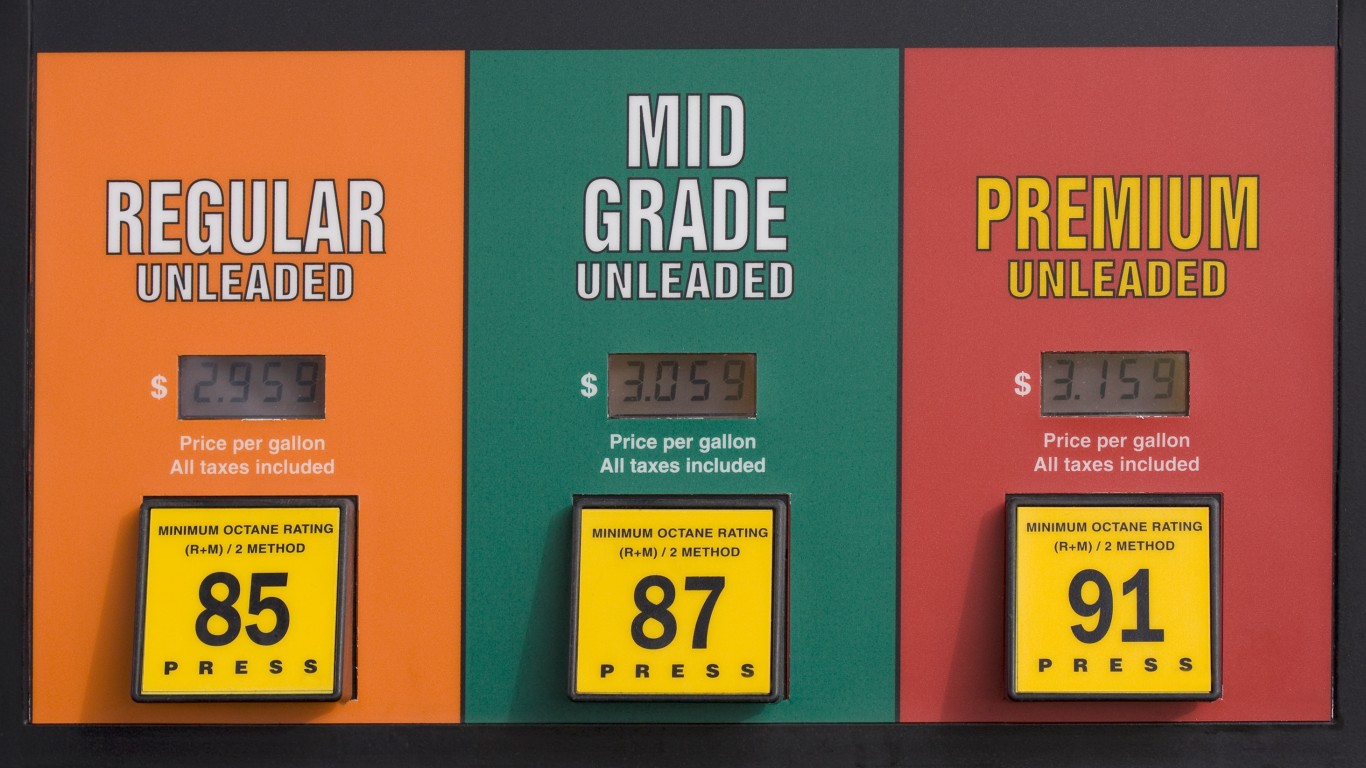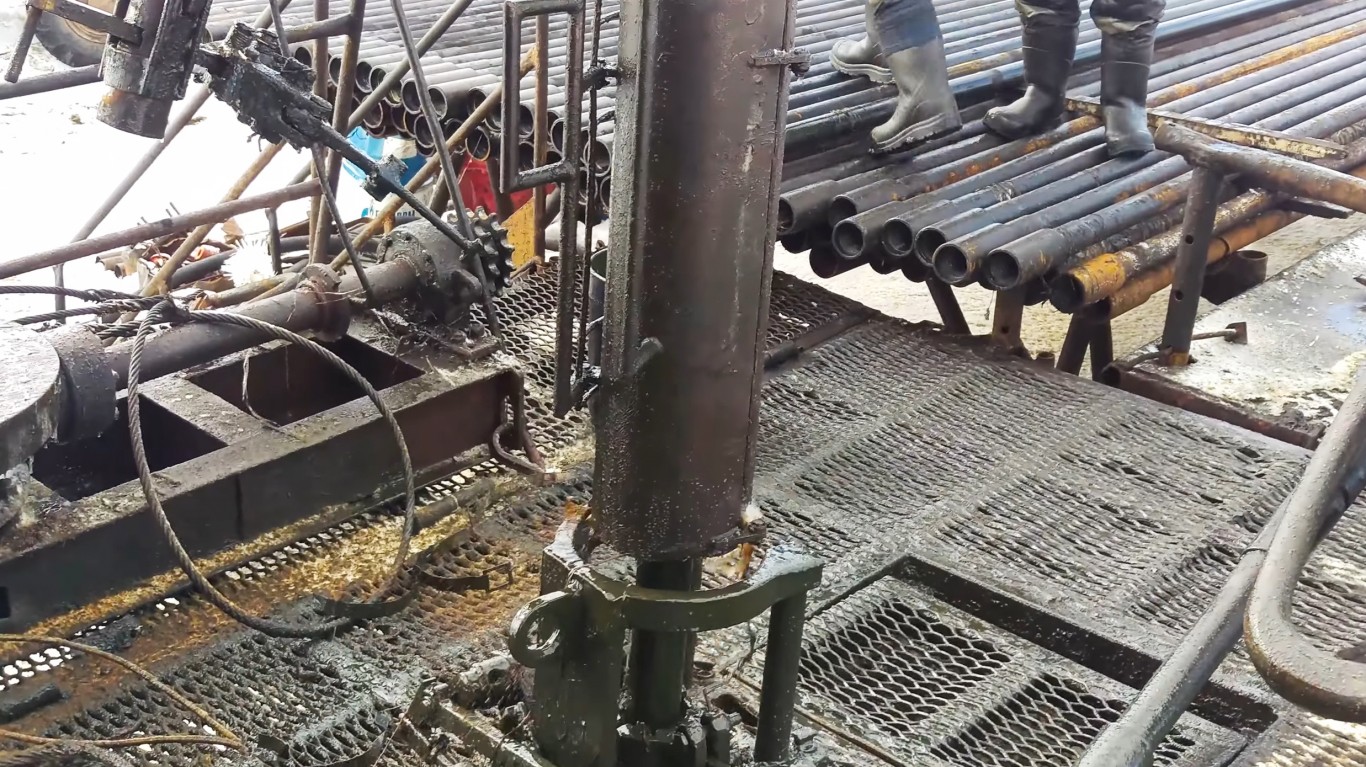
Moody’s Investor Service has already weighed in with its forecasts for crude oil prices, and the outlook could easily be summarized by the current mantra of “lower for much longer.” On Monday the ratings agency forecast that capital spending in 2016 will drop by 20% to 25%, compared with 2015 spending.
A Moody’s executive summed it up this way:
Excess supply will continue to drag on commodity prices in 2016 in the global oil markets and the US natural gas market. Furthermore, the potential lifting of sanctions against Iran could bring even more supply to the market in 2016, offsetting any expected declines in US production.
The expected cuts to capital expenditures (capex) will hit oilfield services and drilling firms the hardest, but that’s no surprise because those have been the hardest hit firms since crude prices began dropping late in the summer of 2014. Not only are rig counts way down, but those that are working have been beaten down on price simply because their owners want them to keep some cash flowing in.
Globally Moody’s expects to see a rise in distressed exchanges and defaults in 2016, and it cites three major international companies that are in serious danger:
As a result of deteriorating cash flows and credit investors increasingly avoiding the struggling energy sector, Latin American national oil companies will face high refinancing risk. On top of significant maturities due in 2016-17 for Mexico’s PEMEX, Brazil’s Petrobras and Venezuela’s PDVSA, currency devaluations will raise import costs, capital spending and interest payments.
And sticking with the global outlook, Moody’s sees credit metrics for China National Petroleum Corp. (CNPC); Sinopec, aka China Petroleum & Chemical Corp. (NYSE: SNP); and CNOOC Ltd. (NYSE: CEO) continuing to deteriorate through at least 2017, while Russia’s biggest state-controlled firms get some help from a weak currency, access to U.S. and European capital markets is restricted due to economic sanctions.
Are You Still Paying With a Debit Card?
The average American spends $17,274 on debit cards a year, and it’s a HUGE mistake. First, debit cards don’t have the same fraud protections as credit cards. Once your money is gone, it’s gone. But more importantly you can actually get something back from this spending every time you swipe.
Issuers are handing out wild bonuses right now. With some you can earn up to 5% back on every purchase. That’s like getting a 5% discount on everything you buy!
Our top pick is kind of hard to imagine. Not only does it pay up to 5% back, it also includes a $200 cash back reward in the first six months, a 0% intro APR, and…. $0 annual fee. It’s quite literally free money for any one that uses a card regularly. Click here to learn more!
Flywheel Publishing has partnered with CardRatings to provide coverage of credit card products. Flywheel Publishing and CardRatings may receive a commission from card issuers.
Thank you for reading! Have some feedback for us?
Contact the 24/7 Wall St. editorial team.




